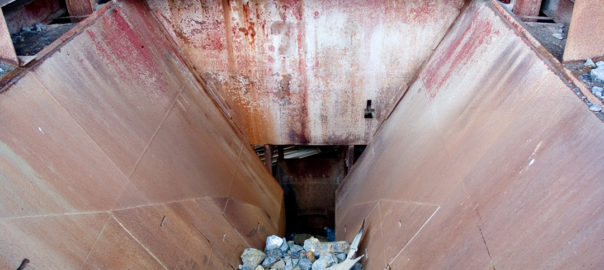Canada’s government, through Natural Resources Canada, has challenged the mining industry to come up with a new clean technology solution that cuts energy consumption for crushing rock.
The C$10 million ($7.6 million) “Crush It! Challenge” is aimed at tackling the disproportionate amount of energy used in mining to extract valuable minerals, NRC said, while helping the country transition to a low-carbon economy.
The process of crushing mined rock has not fundamentally changed in more than a century; consumes more than 50% of the total energy used in a mining operation; is the industry’s largest operational cost; and is a major contributor to greenhouse gas emissions from mining, according to the NRC.
“Finding and advancing innovative solutions that reduce energy use for crushing and grinding mined rock will reduce pollution, improve productivity and help our mining industry become more competitive,” the NRC said.
The 25-month Crush It! Challenge, will see up to 12 semi-finalists selected to pitch their concept at Goldcorp’s #DisruptMining event in March 2019 – an event that coincides with the Prospectors & Developers Association of Canada convention. A ‘Challenge Jury’ made up of key experts from the Canadian mining sector will select the top six finalists, who will each receive up to C$800,000 to build and test their cleantech solution. The Challenge Jury will, ultimately, choose the best breakthrough clean technology and award the winner a C$5 million prize grant.
“This initiative will mobilise new ideas from inside and outside the mining industry to modernise an important energy consuming process and will grow the cleantech sector to enhance Canada’s mining innovation ecosystem as part of the Government of Canada’s efforts to transition to a low-carbon economy,” the NRC said.
For this challenge, the NRC will be collaborating with Goldcorp and the Centre of Excellence in Mining Innovation (CEMI), two industry champions who will spread the word on this unique initiative and enable its success.
The Crush It! Challenge is the fourth of five clean technology challenges under the NRC’s Cleantech Impact programme, part of Impact Canada. It is part of the government’s commitment to deliver meaningful results for Canadians through measurable economic, environmental and social outcomes. Cleantech Impact will invest C$75 million over four years in the five challenges.









